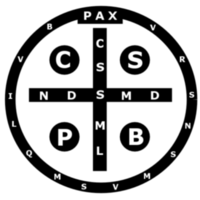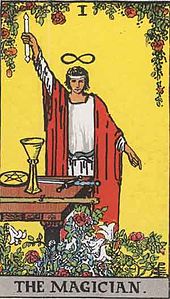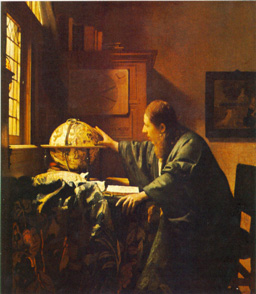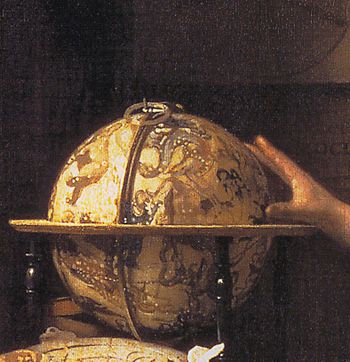The people who could read documents and interpret the stars were called Seers, Occultists, Oracles, Prophets, Shamans, Sorcerers, or Magicians.
They were either male or female and held a high position in society. They earned a living with their ability to read the stars and navigate, so they kept their secrets closely guarded.
To predict the position of stars and planets they used Geometry, Astronomy, and an extensive oral history that they remembered in songs or chants. They were often healers and used early forms of medicine to tend the sick.
At some point they tried to predict the future of people using the stars, which is where astronomy and astrology split into two different pursuits.
One common theme among Seers is the pearl necklace, or necklace of star symbols. The males wore a cloak of stars. These may refer to the actual items, or to the decorations around a Volvelle.
Who were the ancient Magicians, referenced in so many ancient texts? Egyptian, Hebrew, Arabic, Norse, and other ancient texts reference the term Magi, and used the symbol for star crossing to identify them.
Famous seers / Magicians through history in fiction or reality
Alberonius / Abu Rayhan Al-Biruni
Balthasar
Caspar
Cassandra
Circe
Elymas
Gandalf (mentioned in the Norse Poetic Edda)
Hecate
Medea
Merlin
Nostramadus
Paracelcus
Zoroaster
Magician logos
Ancient Chinese symbol "wu" for magician. The Chinese word for star is Sha (Xia), and a Shaman is a person who reads the stars.
 Cross Potent, Heraldic symbol for ship navigation
Cross Potent, Heraldic symbol for ship navigation
 St Benedict's medal
St Benedict's medal



The similarity of these two images is quite apparent.
In Vermeer's The Astronomer on the table is a cloak of stars and plants, and on the table next to the star globe is a Volvelle.
On the left image on the table is a Volvelle for the planet Venus (Literally 'Wagon / Chariot Wheel')